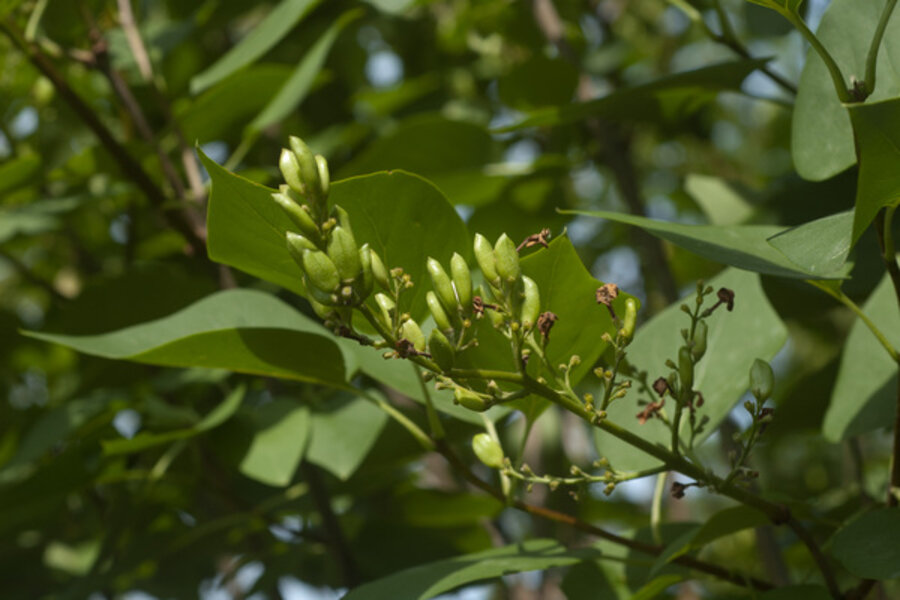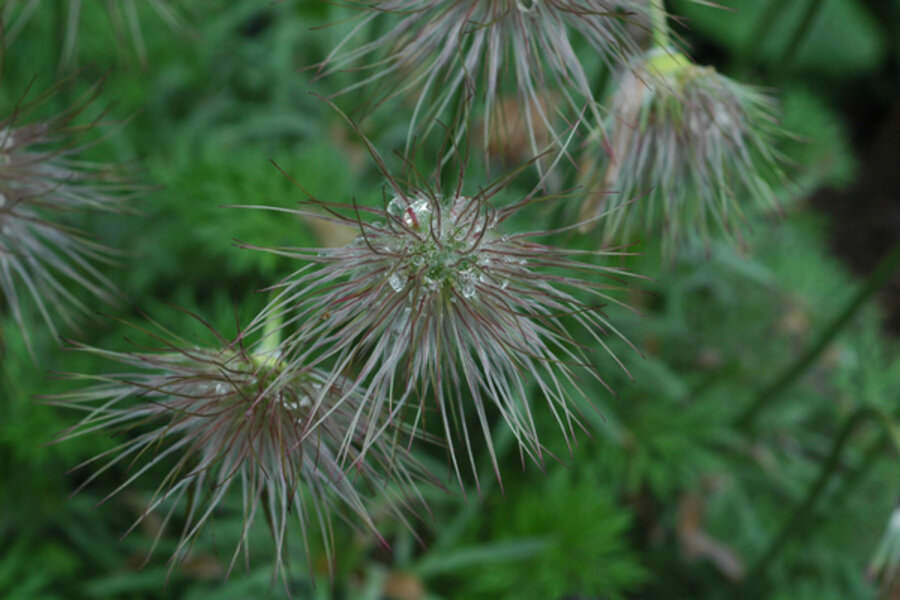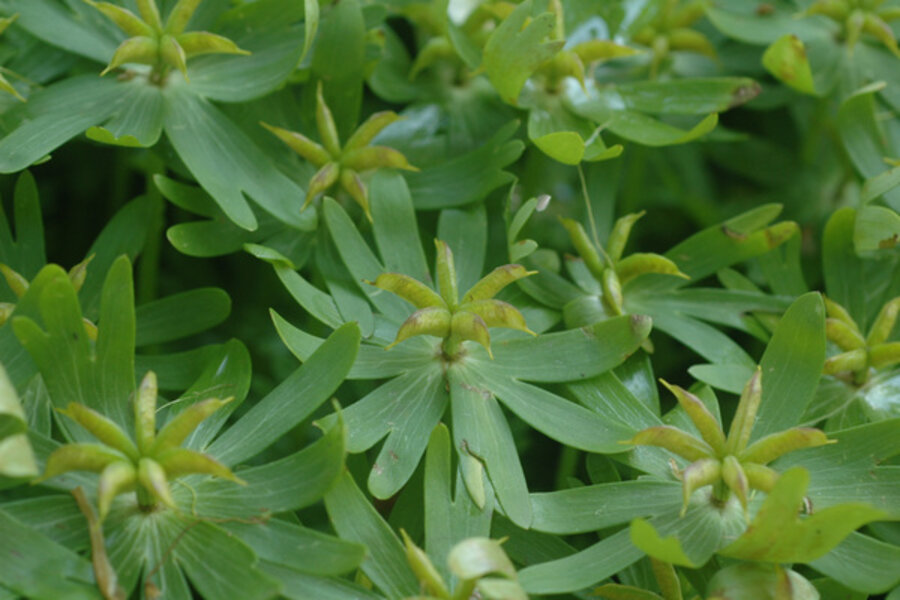Saving seeds Part II: When and how to collect and store seeds
Loading...
It may be too early start collecting seeds from many plants, but it is time to mark plants you want to harvest from.
For information about choosing which plants to save seeds from, see my earlier post about saving seeds. I use bits of yarn to mark plants whose seeds I want to save.
I’ve already tagged several: especially compact marigolds with bicolored flowers, the ‘California Wonder’ pepper plant that was first to flower, and a couple of my neighbor’s most fragrant lilac bushes.
When and how to collect seeds
Seeds of plants that don’t produce fruits — most flowers and plants that encase their seeds in pods — should be left on the plant to ripen naturally, then collected.
Check plants often as the seed heads begin to turn brown. Cleome flower pods, for example, can be filled with seeds one day, empty the next. (Plants with fleshy fruits and “wet seeds” — such as tomatoes, eggplants, and cucumbers — require different treatment.)
Pick a sunny day to harvest seeds and don’t head for the garden until any dew has evaporated.
After you’ve gathered seeds, place them in an open container, set them in a warm, well-ventilated place, and allow them to dry for another week or two. Don’t be tempted to rush the process, and use your hand to stir them every other day or so.
Winnow and store the seeds
You don’t have to winnow seeds — separate them from their seed heads or pods — until you’re ready to plant, but most gardeners winnow seeds before they store them.
An array of winnowing devices is available, but most home gardeners rely on their hands and a paper bag. If you’ve decided to harvest pounds rather than ounces of seeds, you may want to invest in screens and strainers.
Once the seeds are completely dry, place them in air-tight containers — I use paper envelopes that I place in sealed Mason jars, but sealed plastic bags also work well. Then label and date them, and store them in the refrigerator or in a cool, dark location, A temperature between 32 and 41 degrees F (0 to 5 C) is ideal.
Learn more
There always are exceptions to how to do something, and “Nature provides exceptions to every rule,” as the American transcendentalist Margaret Fuller wrote in 1843. Fortunately, there are several excellent resources for saving specific kinds of seeds.
Vegetable-garden seed savers should invest in a copy of "Seed to Seed," Suzanne Ashworth’s bible on the subject. Buying a copy also benefits the nonprofit Seed Savers Exchange, to which Ms. Ashworth generously donates all her royalties.
"The Complete Guide to Saving Seeds: 322 Vegetables, Herbs, Fruits, Flowers, Trees, and Shrubs," by Robert Gough and Cheryl Moore-Gough, covers most common flowers, as does "Saving Seeds," Marc Rogers’ straightforward book.
If you want to grow native woody plants from seed — and it is easier, quicker, and more rewarding than you might expect — consult "Seeds of Woody Plants in North America," a superb reference by James and Cheryl Young.
Last, to avoid disappointment, be sure to “proof” your seeds next spring before you plant them. “How to Tell if Last Year’s Garden Seeds Are Still Good” will guide you through that process.
-----
Karan Davis Cutler blogs regularly at Diggin’ It. To read more, click here. She's a former magazine editor and newspaper columnist and the author of scores of garden articles and more than a dozen books, including “Burpee - The Complete Flower Gardener” and “Herb Gardening for Dummies.” Karan now struggles to garden in the unyieldingly dense clay of Addison County, Vt., on the shore of Lake Champlain, where she is working on a book about gardening to attract birds and other wildlife.







